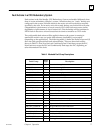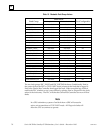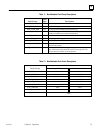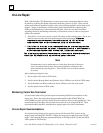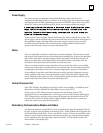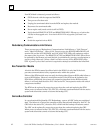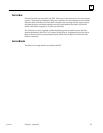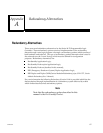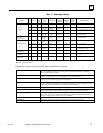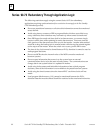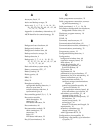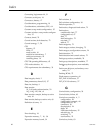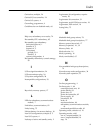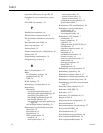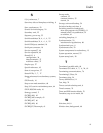
A
88 Series 90-70 Hot Standby CPU Redundancy User’s Guide - December 1993
GFK-0827
Series 90-70 Redundancy Through Application Logic
The following restrictions apply using the current Series 90-70 for redundancy
applications requiring synchronization (these restrictions do not apply to the Hot Standby
CPU Redundancy product).
Do not use transitional contacts or coils since this information cannot be transferred
across the link.
Avoid using timers, counters or PID in program blocks which are not called every
sweep otherwise timer durations may not match up when control is transferred.
Since PID keeps the actual real time clock in its data structure, you cannot simply
execute it all the time while updating its entire data structure. You must omit the
clock portion of the data structure when you do the transfer. Another safer method
would be to keep the backup unit in manual mode while forcing the manual register
to the output of the master. When the switch-over occurs, put the PID in auto.
The time of day clock cannot be shared between PLCs, therefore it cannot be used to
make program decisions.
Do not use MCRs since the internal value of the MCR cannot be transferred
between systems.
Do not expect information that comes in to the system from an external
communications device to be the same in both systems. The communications can
change data in one system before it is updated in another.
Avoid using fault contacts and fault table information to base critical program
decisions, some of the information is not available to be passed between systems.
Avoid using the timed contacts since the internal PLC’s real time clocks will not
match.
Local program block memory (%L) cannot be transferred between the PLCs,
therefore data that must be shared should be restricted to the transferred memories.



